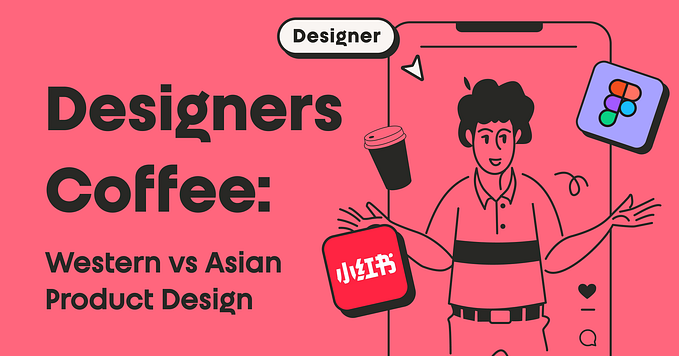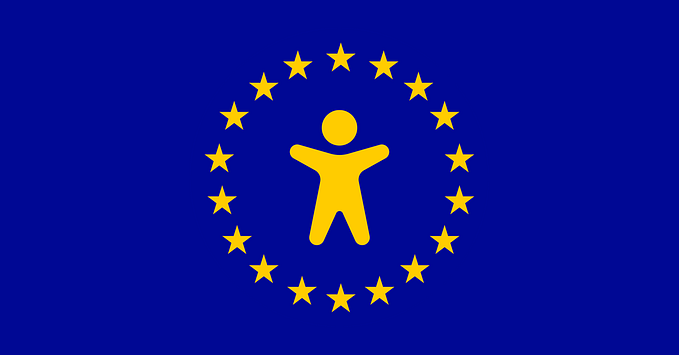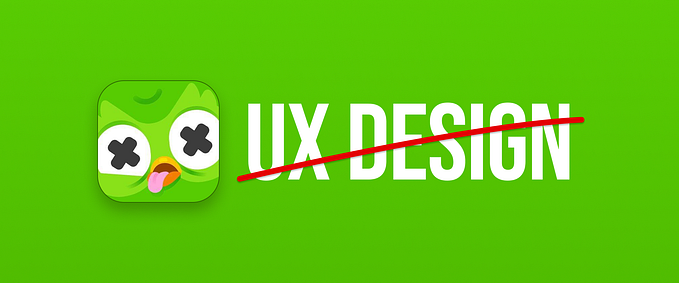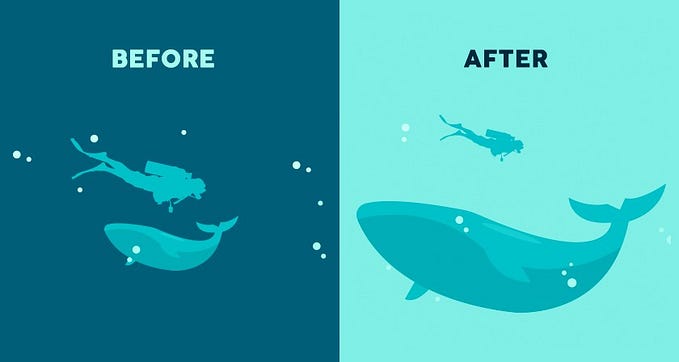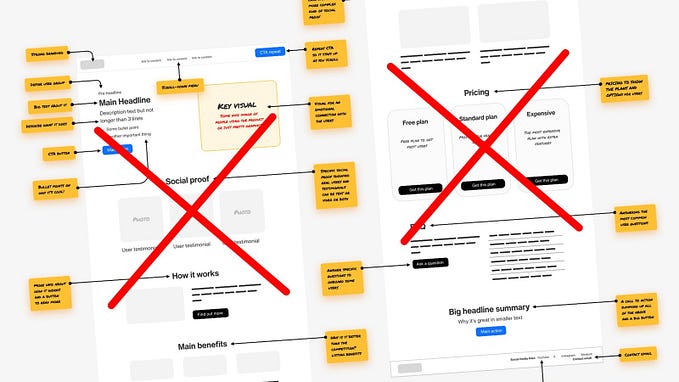Member-only story
The ADA lawsuit settlement involving an accessibility overlay
What the settlement agreement included, and what does it mean for the industry?

Authors note: Because of Medium’s refusal to address its accessibility issues for both authors and readers, I’ve moved my last three years of blogs to Substack. Please sign up there for notices of all new articles. Thank you for your continued readership and support.
Eyebobs’ is an online glasses company that was sued for not meeting accessibility requirements by a blind plaintiff in January 2021. “Accessibility” refers to whether or not something is usable by an individual with a disability. The general standard used globally is WCAG
Like hundreds of thousands of websites, the Eyebobs’ website used an accessibility overlay to attempt to mitigate its known inaccessibility. Accessibility overlays are tools that attempt to make websites accessible. However, overlays (also known as tools, plugins, and widgets) force users with disabilities to use the assistive technology provided by the overlay rather than the assistive technology that the user may prefer to use that might be customized for their unique needs. Overlays do not make websites accessible, and can actually create accessibility problems for users.
What distinguished this case from the almost 200 other accessibility lawsuits involving overlays was the participation of Karl Groves as an expert witness, who wrote (and made public) this 35-page scathing indictment of how inaccessible the Eyebobs’ website was despite using a well-known accessibility overlay.
Karl is also responsible for creating overlayfactsheet.com, a website where over 600 accessibility professionals have signed a pledge which requires in part that the signatory “never advocate, recommend, or integrate an overlay which deceptively markets itself as providing automated compliance with laws or standards.” Note: I am proud to be signatory #38 on overlayfactsheet.com
The Eyebobs’ settlement requires them to make numerous changes to policies, procedures, and personnel to promote the accessibility of its digital properties. I will address each of these changes one by one. All of the statements in the remainder of this article attributed to the…



